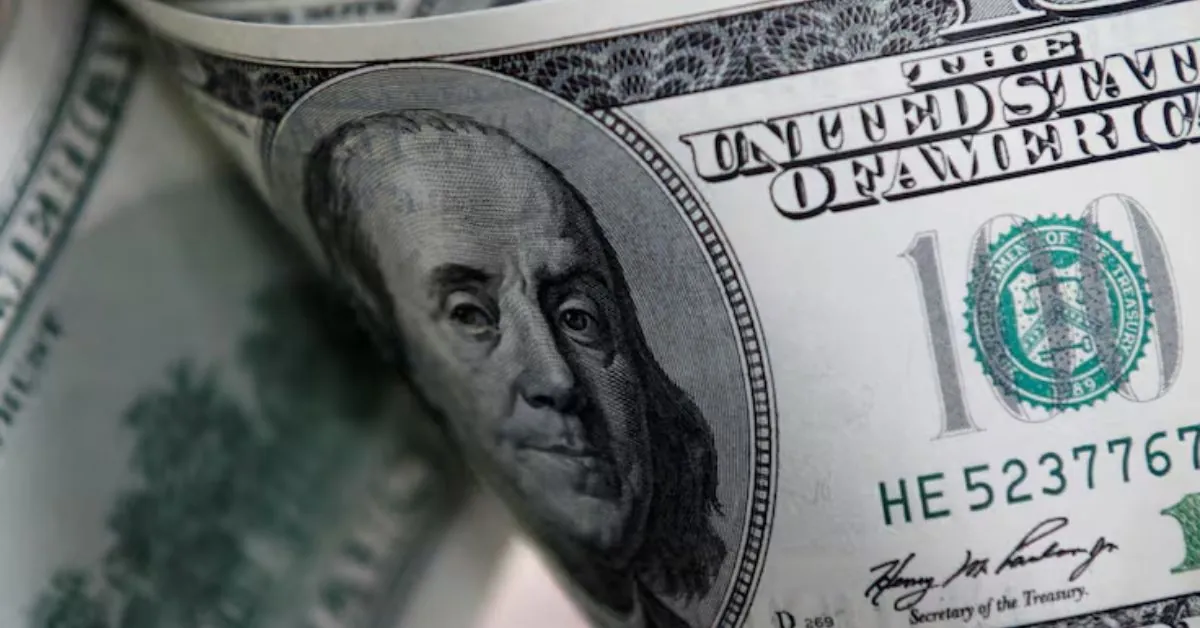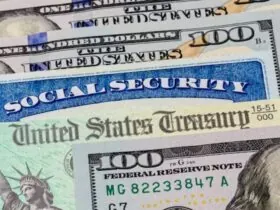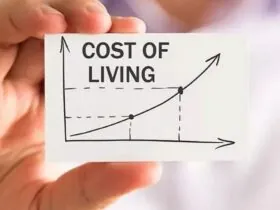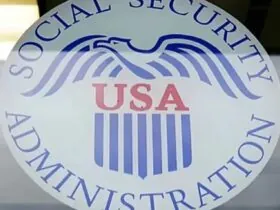The Supplemental Nutrition Assistance Program (SNAP), previously known as food stamps, plays a crucial role in supporting low-income families across the United States. This program provides financial assistance for purchasing food through an Electronic Benefits Transfer (EBT) card, which operates like a debit card and can be used at approved grocery stores and establishments. Here’s a breakdown of SNAP benefits, monthly allocation details, disbursement schedules, and approved purchases.
Monthly SNAP Allocations by Household Size
This Article Includes
SNAP benefits vary based on household size, gross and net income, and other eligibility factors. Maximum monthly allocations for the 48 contiguous states and the District of Columbia are as follows:
- 1 household member: $292
- 2 members: $536
- 3 members: $768
- 4 members: $975
- 5 members: $1,158
- 6 members: $1,390
- 7 members: $1,536
- 8 members: $1,756
- Each additional member: +$220
For Alaska, maximum allowances for a family of four range between $1,258 and $1,953, while in Hawaii, the maximum allowance for a family of four is $1,723.
Minimum Monthly Benefits
The minimum SNAP payment for the contiguous states and the District of Columbia is $23 per month. In Alaska, the minimum ranges from $30 to $47, and in Hawaii, it is $41. These minimums provide a baseline of assistance for those who qualify for the program under stricter income thresholds.
November SNAP Disbursement Schedules by State
SNAP benefits are not distributed uniformly across states. Here is a list of states and their respective November disbursement schedules:
- Alabama: November 4–23
- North Carolina: November 3–21
- Delaware: November 2–23
- Florida: November 1–28
- Georgia: November 5–23
- Illinois: November 1–10 (older cases: November 1–20)
- Louisiana: November 1–23
- Maryland: November 4–23
- Michigan: November 3–21
- Mississippi: November 4–21
- Missouri: November 1–22
- New Mexico: November 1–20
- Ohio: November 2–20
- Tennessee: November 1–20
- Texas: November 1–28
- Washington: November 1–20
What Can You Purchase with SNAP Benefits?
SNAP benefits are designed to help households access nutritious food. EBT cards can be used to purchase:
- Fruits and vegetables
- Meat, poultry, and fish
- Dairy products
- Breads and cereals
- Snacks and non-alcoholic beverages
- Seeds and plants that produce food for the household
However, certain items are not eligible for purchase with SNAP benefits. These include:
- Alcoholic beverages, cigarettes, and tobacco
- Vitamins, medications, and supplements
- Hot foods ready for immediate consumption
- Non-food items (e.g., paper goods, pet food)
Maximizing SNAP Benefits for Better Nutrition
SNAP recipients are encouraged to use their benefits to focus on purchasing healthy, nutrient-dense foods to support their households. Programs and tools provided by the USDA, including recipes and budgeting tips, can assist families in making the most of their allocations.
Conclusion
SNAP remains a vital program for millions of Americans, ensuring access to essential food items and reducing food insecurity. By understanding the allocation structures, disbursement schedules, and eligible purchases, beneficiaries can make informed choices and effectively utilize their benefits. For more information, individuals can contact their state SNAP office or visit the USDA Food and Nutrition Service website.







Leave a Reply